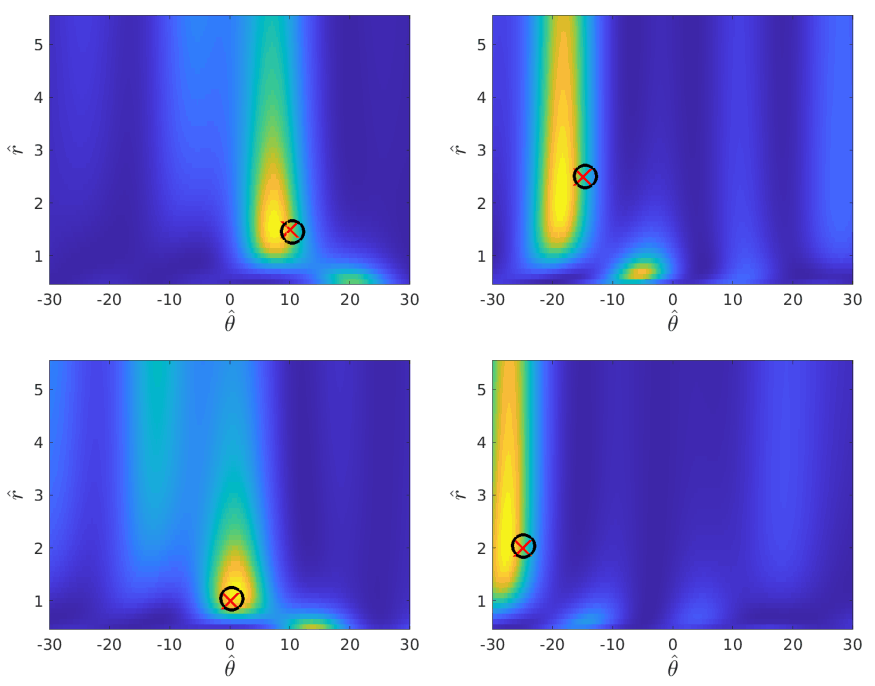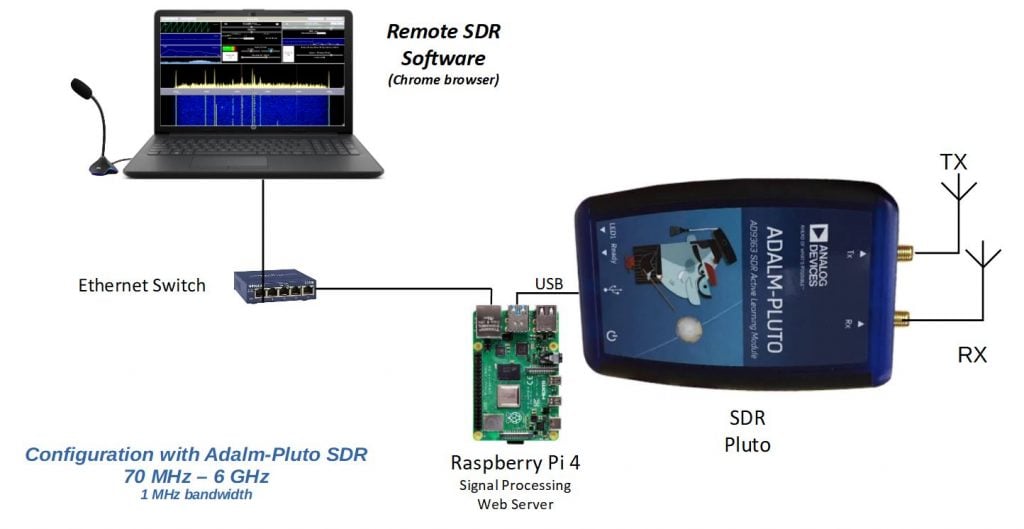SDR Talks from the SDRMakerspace Online Presentation
Thank you to Robert for letting us know about these videos from the "ESA ARTES SDR MakerSpace Presentations" from September 6-8, 2021 which are now available on YouTube.
Libre Space Foundation ( Greece) and the Institute of Reconfigurable & Embedded Digital Systems(REDS) of the Haute Ecole d’Ingénierie et de Gestion du Canton de Vaud – HEIG-VD (Switzerland) have been implementing a number of smaller projects as part of an Software Defined Radio MakerSpace of the European Space Agency.
This activity is part of the ARTES programme of ESA that supports innovation in satellite communications.
The findings were presented in three 2-hour slots in the afternoon at 15:00 CEST (for which you are requested to register separately) on Mon 6, Tue 7 and Wed 8 September 2021.
- Monday 6 Sep was focused on the evaluation of various SDR boards and FPGA tools chains. High-rate direct sampling by SDR’s and SDR on Android will also be presented.
- Tuesday 7 Sep was dedicated to building blocks that have been implemented as open source developments for Gnuradio, such as gr-leo, gr-ccsds, gr-soapy etc.
- Wednesday 8 Sep was mainly about the combination of SDR and AI/ML to do signal detection and classification. In addition, an SDR testbed and spectrum monitoring will be presented.
The talks cover various SDR topics related to satellite observing. Some talks we were interested in are highlighted below, but the full list can be found on the SDRMakerspace website, or the SDRMakerspace playlist on the Libre Space Foundation YouTube channel.
- A comparison between various SDRs, including the RTL-SDR V3.
- An overview of how NOAA demodulation was implemented in an Android App.
- Signal detection and classification using deep neural networks.

